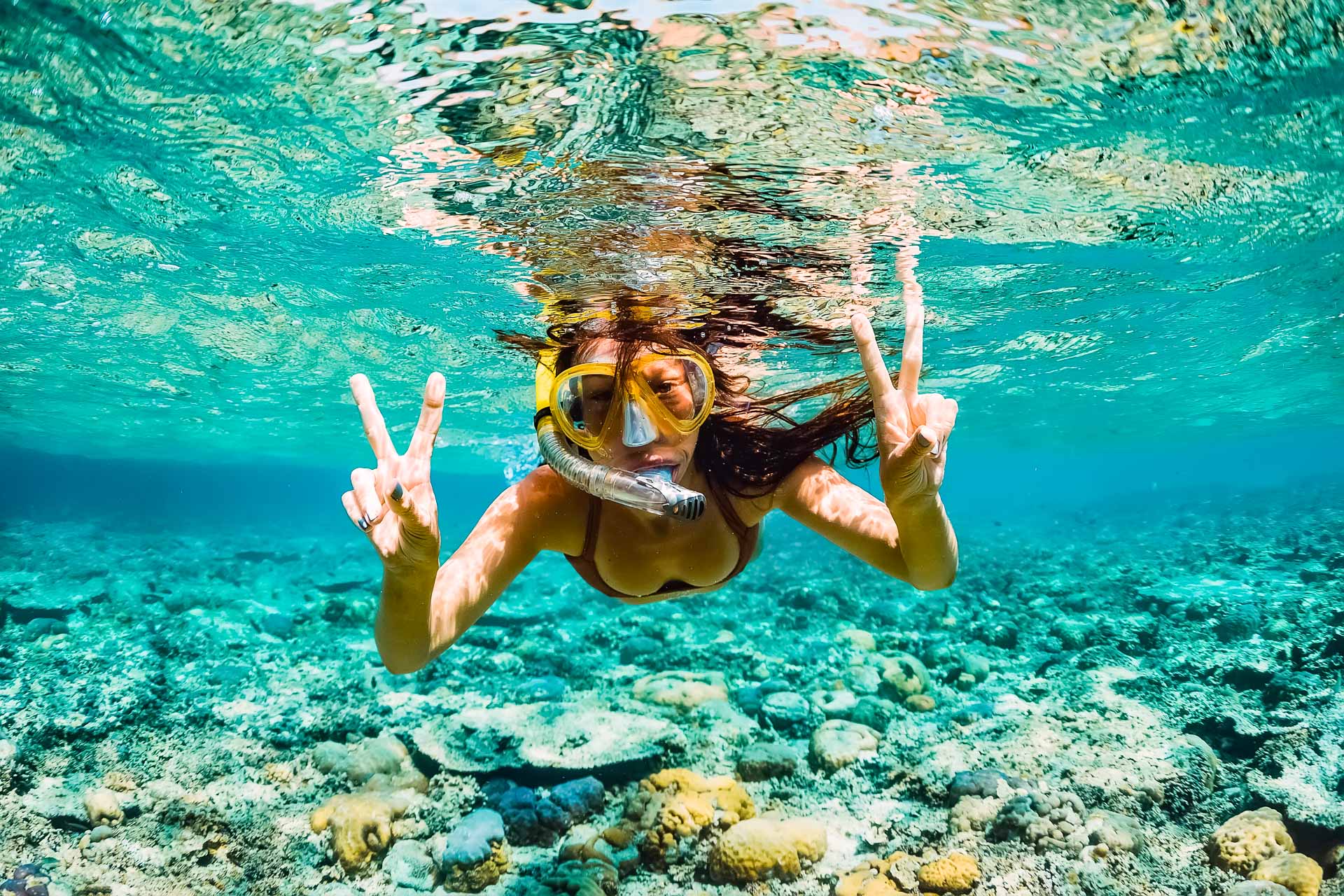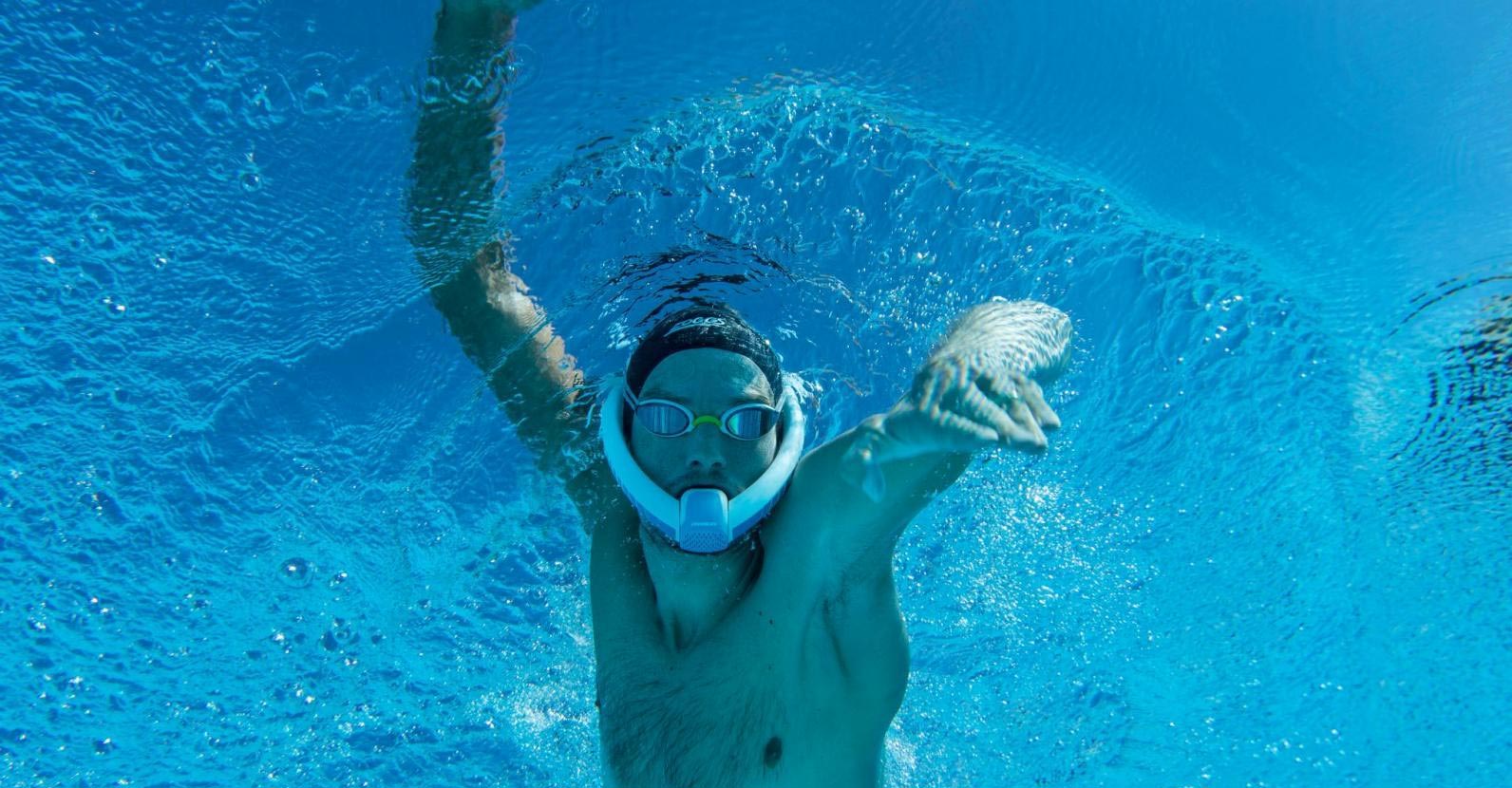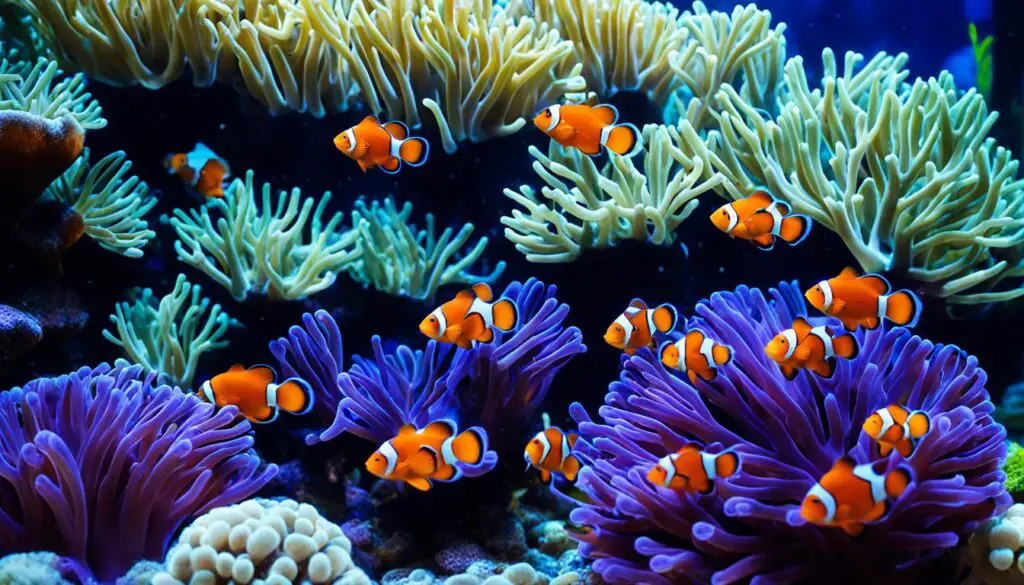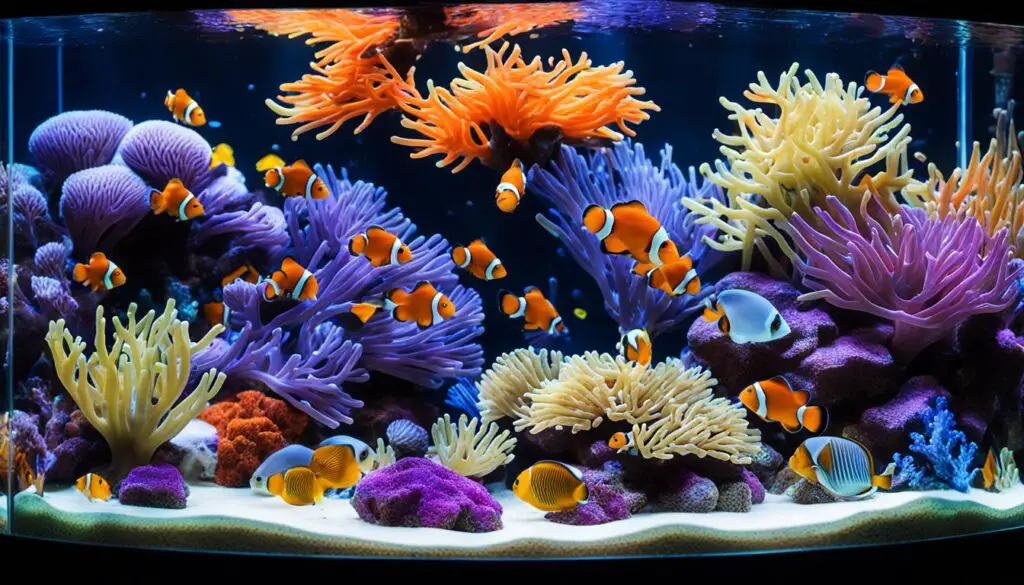How To Snorkel Underwater

Introduction
How To Snorkel Underwater: Embarking on an underwater snorkeling adventure offers a remarkable opportunity to explore the fascinating and vibrant world beneath the ocean’s surface. Snorkeling is a recreational activity that allows individuals to immerse themselves in the aquatic realm with minimal equipment and training. It is a popular and accessible way to witness the beauty of marine life, coral reefs, and the mesmerizing underwater landscapes. This introduction will outline the fundamental steps and essential tips on how to snorkel underwater for both beginners and those looking to enhance their snorkeling skills.
To start, snorkeling requires a basic set of gear, including a snorkel, mask, and fins, which aid in breathing, provide clear vision, and facilitate efficient movement in the water. Understanding how to properly use this equipment is essential for a successful snorkeling experience. Additionally, mastering breathing techniques and maintaining a relaxed and composed mindset are crucial aspects of snorkeling, enabling individuals to comfortably float on the water’s surface and venture below to observe marine life up close.
Furthermore, safety precautions and guidelines play a pivotal role in ensuring a secure and enjoyable snorkeling escapade. This includes choosing suitable snorkeling locations, respecting marine ecosystems, and being aware of potential hazards. By following a systematic approach and integrating essential tips, anyone can learn how to snorkel underwater and unlock the wonders hidden beneath the waves.

What is snorkeling underwater?
Snorkeling underwater is an aquatic activity that involves floating on the water’s surface with the help of a snorkel, mask, and fins, allowing you to observe marine life and underwater scenery.
Snorkeling underwater is an exhilarating aquatic activity that allows individuals to explore and appreciate the breathtaking beauty of the underwater world while floating on the water’s surface. It involves using specialized equipment, including a snorkel (a breathing tube), a mask covering the eyes and nose, and fins to aid in swimming.
The snorkel allows the snorkeler to breathe while their face is submerged in the water, drawing air from above the surface through the tube. The mask creates a sealed pocket of air around the eyes and nose, providing clear vision and preventing water from entering. Fins assist in propulsion, enabling smooth movement through the water and maneuvering in various directions.
While snorkeling, individuals can observe vibrant coral reefs, diverse marine life, and underwater landscapes, making it a favorite recreational activity for ocean enthusiasts. Snorkelers can gently glide along the water’s surface, exploring different depths and enjoying a firsthand view of the diverse marine ecosystem. It’s an accessible activity suitable for people of all ages and skill levels, making it a great way to introduce oneself to the wonders of the ocean.
Snorkeling underwater offers a serene and awe-inspiring experience, providing an opportunity to connect with nature and witness the marine environment up close. Whether in tropical waters teeming with colorful fish or in calm lagoons with mesmerizing coral formations, snorkeling offers an adventure that leaves a lasting impression and a newfound appreciation for the ocean’s beauty.
How deep can you snorkel underwater?
The average snorkeler can swim down 3-4 meters (12-15 feet). Experienced snorkelers may reach 7 meters (25 feet).
The depth to which you can snorkel underwater primarily depends on your comfort level, skill, and experience. Typically, snorkeling is done at shallow depths, usually ranging from the water’s surface down to about 10 to 15 feet (3 to 4.5 meters). This shallow depth allows for easy observation of marine life and coral reefs while keeping the snorkeler within a safe range for resurfacing and maintaining access to fresh air through the snorkel.
However, more experienced snorkelers or free divers may venture to greater depths, reaching up to 30 to 40 feet (9 to 12 meters) or even more, but this requires advanced breath-holding techniques and safety precautions. Going beyond these depths without proper training and equipment, such as fins for efficient propulsion and adequate breath-holding skills, can be dangerous and should be avoided.
It’s essential to prioritize safety while snorkeling and not push yourself beyond your limits. Always be aware of your comfort level, conserve energy, and ascend to the surface well before feeling breathless or strained. If you’re interested in exploring greater depths or staying submerged for extended periods, consider enrolling in free diving courses to learn proper techniques and safety measures to safely increase your snorkeling depth.
How long can snorkelers hold their breath?
In most cases, we don’t recommend diving underwater for any more than 2 minutes with a full face snorkel. Even if you are an experienced snorkeler who is going out in perfect conditions, we don’t recommend diving for more than 2 minutes.
The duration a snorkeler can hold their breath underwater varies based on several factors, including individual fitness, experience, relaxation techniques, and overall health. On average, a beginner snorkeler might hold their breath for about 30 seconds to 1 minute. With practice and improved breath-holding techniques, intermediate snorkelers can extend this time to 1-2 minutes. Freedivers or highly experienced individuals can often hold their breath for 3 minutes or more.
Breath-holding capacity is influenced by factors like lung capacity, diaphragm control, relaxation, and efficient use of oxygen. Athletes and trained divers often practice specific breath-holding exercises to increase their lung capacity and enhance their ability to hold their breath for extended periods.
During snorkeling, it’s important to practice safe breath-holding techniques and avoid pushing limits. Always allow a safety margin, resurfacing comfortably well before feeling breathless or strained. Additionally, repetitive breath-holding dives should have intervals to allow for proper oxygen recovery.
What equipment do I need for snorkeling underwater?
Essential snorkeling gear includes a snorkel (breathing tube), a mask to cover your eyes and nose, and fins to aid in swimming and maneuvering underwater.
For an enjoyable and safe underwater snorkeling experience, you’ll need a set of essential equipment designed to enhance your comfort and safety in the water. Here’s a breakdown of the key snorkeling gear you’ll need:
- Snorkel: The snorkel is a breathing tube that allows you to breathe while your face is submerged in the water. It typically features a comfortable mouthpiece and a top end that remains above the water’s surface, providing a continuous supply of fresh air.
- Mask: A snorkeling mask covers your eyes and nose, creating a sealed pocket of air. This allows you to see clearly underwater and prevents water from entering your eyes and nose.
- Fins: Snorkeling fins are worn on your feet and serve two main purposes. They provide efficient propulsion in the water, making it easier to swim and move gracefully. Fins also help conserve energy, allowing you to snorkel for longer durations with less effort.
- Optional Gear: While the above items are essential, you may also consider additional gear, such as a wetsuit or rash guard for thermal protection, gloves for hand protection, and a snorkeling vest or life jacket for added buoyancy and safety.
Choosing the right snorkeling equipment is crucial for a comfortable and enjoyable experience. Ensure that your gear fits well and is in good condition before venturing into the water. Properly fitting equipment enhances buoyancy, reduces fatigue, and maximizes your ability to explore and appreciate the underwater world while snorkeling.
Is snorkeling an eco-friendly activity?
Yes, when done responsibly, snorkeling is an eco-friendly activity. Minimize touching or disturbing marine life, and refrain from standing on or damaging coral reefs to preserve the delicate underwater ecosystem.
snorkeling is generally considered an eco-friendly activity when practiced responsibly and with a mindfulness towards marine and coastal ecosystems. When done with respect for the environment, it allows individuals to appreciate and connect with marine life and underwater habitats without causing harm. Here’s why snorkeling is seen as an eco-friendly activity:
- Non-Intrusive Observation: Snorkeling enables non-intrusive observation of marine life in their natural habitats, promoting minimal disturbance to their behaviors and surroundings.
- Minimal Environmental Impact: Snorkelers do not touch or disturb the marine ecosystem, reducing potential damage to fragile coral reefs, seagrasses, and other aquatic life.
- Awareness and Education: Snorkeling fosters awareness and education about marine conservation. Witnessing the beauty and biodiversity underwater often inspires a desire to protect and preserve these delicate ecosystems.
- Promotes Responsible Behavior: Responsible snorkeling practices, such as not standing on coral reefs or collecting marine organisms, instill an eco-conscious mindset, encouraging long-term conservation efforts.
- Supports Conservation Efforts: Eco-conscious snorkeling tour operators and destinations often allocate a portion of the proceeds to support marine conservation initiatives, further contributing to environmental sustainability.
- Advocacy for Clean Oceans: Snorkelers who witness marine debris during their excursions are more likely to become advocates for clean oceans and take action against pollution.
How do I clear water from my snorkel while underwater?
To clear water from the snorkel, exhale forcefully through the snorkel’s mouthpiece to expel the water out of the top end.
Clearing water from your snorkel while underwater is a fundamental skill for anyone engaging in snorkeling. Here’s a step-by-step guide to efficiently clear water from your snorkel:
- Stay Calm: First and foremost, maintain a sense of calmness. Panicking can worsen the situation.
- Exhale Vigorously: If water enters your snorkel, take a deep breath through your mouth, and forcefully exhale through the snorkel. This will expel the water out of the top of the snorkel.
- Purge Valve: Many modern snorkels come with a purge valve at the bottom. To clear water, simply blow gently into the snorkel to force the water out through this valve.
- Tilt Your Head: Tilt your head back slightly while exhaling to ensure that the water flows out easily.
- Use the Blast Method: If the above methods aren’t effective, you can perform a quick “blast” clearing. While keeping the top of the snorkel above water, forcefully exhale a burst of air to clear the water.
Can I dive underwater while snorkeling?
Yes, you can dive briefly underwater while snorkeling to explore the underwater world. However, always ensure you have enough breath to return to the surface.
Snorkeling involves swimming on the water’s surface while wearing a snorkel—a breathing tube—and typically a mask and fins to aid movement and vision. While snorkeling, you can explore the underwater world from above, observing marine life and the beauty of coral reefs. However, diving underwater while snorkeling is not the intended or advisable practice.
Snorkeling is designed for surface exploration, allowing you to breathe comfortably through the snorkel while keeping your face submerged. Attempting to dive underwater while using a traditional snorkel can lead to inhaling water, as the snorkel lacks a mechanism to close off the breathing tube when submerged. This can cause discomfort, choking, or even potential danger if water enters your airway.
For those looking to dive and explore deeper underwater, scuba diving is the recommended activity. Scuba divers use specialized equipment, including a tank of compressed air and a regulator, which allows for safe breathing at various depths. Scuba diving provides the opportunity to explore the depths of the ocean and experience a more immersive underwater adventure.
How do I stay safe while snorkeling underwater?
Prioritize safety by snorkeling with a buddy, staying in designated areas, being aware of your surroundings, and following proper snorkeling techniques, especially maintaining a clear breathing path to the surface.
Ensuring safety while snorkeling underwater is paramount to having an enjoyable and secure experience exploring the marine environment. Here are essential guidelines to follow:
- Choose Suitable Locations: Select snorkeling spots suitable for your skill level. Opt for calm, clear waters with minimal currents, especially if you’re a beginner.
- Use Proper Equipment: Wear well-fitting snorkel gear, including a mask that provides a watertight seal, fins to aid movement, and a snorkel that allows easy breathing on the surface.
- Practice Breathing: Familiarize yourself with breathing through the snorkel in shallow waters first. Practice clearing the snorkel if water enters and be comfortable with the equipment.
- Buddy System: Snorkel with a buddy, ideally staying within arm’s reach. It’s crucial to have someone to assist you in case of emergencies.
- Stay Calm and Relaxed: Remain calm throughout your snorkeling experience. Panicking can lead to accidents. Focus on steady, relaxed breathing and controlled movements.
- Be Mindful of Marine Life: Respect marine life and their habitats. Avoid touching or disturbing them, as this can cause stress or harm to both you and the creatures.
- Monitor Weather Conditions: Check weather forecasts and tide schedules before heading out. Avoid snorkeling during storms, high winds, or rough seas.

Conclusion
Learning how to snorkel underwater opens the door to a world of awe-inspiring aquatic beauty and adventure. Mastering the art of snorkeling involves understanding the basic equipment, honing essential techniques, and prioritizing safety, all of which contribute to a fulfilling and enjoyable experience beneath the waves.
The simplicity and accessibility of snorkeling make it an activity suitable for individuals of various ages and skill levels. Whether you’re a novice snorkeler just starting out or an enthusiast seeking to refine your skills, there’s always room to enhance your knowledge and comfort in the water. From selecting the right gear and practicing effective breathing to familiarizing oneself with the marine environment and its inhabitants, each aspect plays a crucial role in achieving a seamless snorkeling experience.
Moreover, snorkeling promotes a deep appreciation for marine ecosystems, instilling a sense of responsibility and respect for the underwater world. It encourages sustainable practices and environmental consciousness, reminding us of the significance of preserving these delicate habitats.
By following the guidelines and insights provided in this journey into snorkeling, individuals can embark on safe and rewarding explorations of the ocean’s wonders. The vibrant coral reefs, diverse marine life, and the tranquility of the undersea realm await those willing to take the plunge and embrace the marvels that lie beneath the water’s surface.



